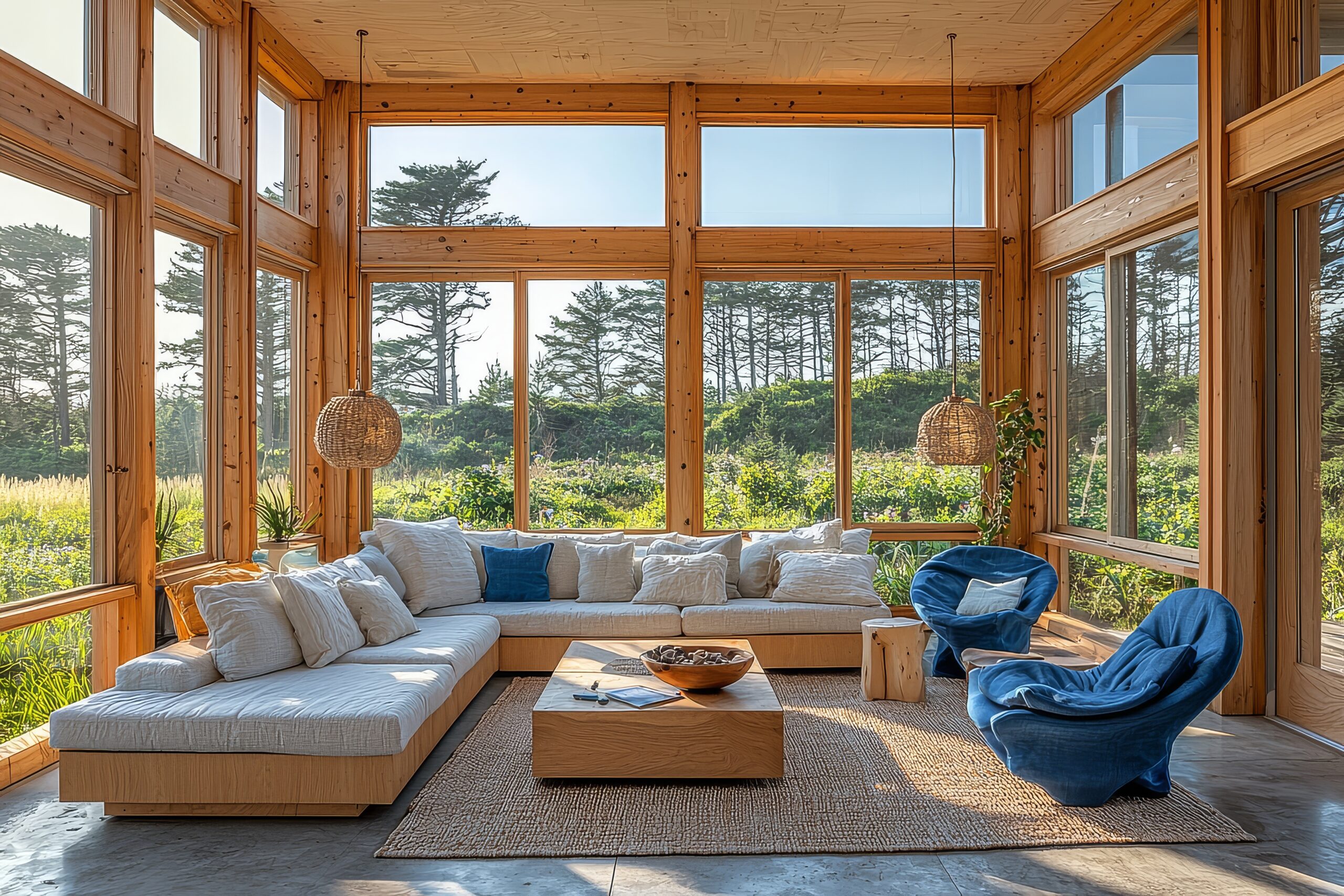
Sustainable Additions: Eco-Friendly Design and Construction
As more homeowners embrace sustainability, the home improvement landscape is evolving to meet the demand for eco-conscious solutions. Whether you’re planning a modest sunroom or a full two-story addition, making sustainability a priority in your home additions can significantly benefit your home, your health, and the planet. At Colony Home Improvement, we believe that sustainable additions aren’t just a trend; they’re the future of residential design.
In this post, we’ll walk you through the fundamentals of eco-friendly design and green construction practices used by home addition contractors, offering insight into how to build a sustainable home addition that aligns with your values and lifestyle.
Why Choose Sustainable Additions?
Environmental Impact
Sustainable building practices help minimize waste, reduce emissions, and conserve natural resources. Every decision, from the foundation to the finish, can contribute to carbon footprint reduction and low-impact development. Choosing eco-conscious building methods not only helps protect ecosystems but also sets a powerful example for your community.
Health and Wellness
A healthy home goes beyond just functionality; it actively promotes the well-being of its occupants. By using non-toxic materials like low-VOC paints, natural fiber insulation, and sustainably sourced wood, you create a living space that supports cleaner indoor air and fewer allergens.
Cost Savings Over Time
While some green building materials may cost more upfront, they typically lead to lower energy, maintenance, and repair costs. Home additions built with energy efficiency in mind, for example, can cut your utility bills dramatically. Combine this with available rebates and building certifications like ENERGY STAR or LEED, and the return on investment becomes clear.
Property Value and Marketability
Eco-conscious homes stand out in a competitive market. Features like renewable energy, energy-efficient windows, and recycled materials can boost curb appeal and attract sustainability-minded buyers. As more municipalities adopt green building codes, a sustainable addition ensures long-term code compliance and future-proofs your property.
Planning with the Environment in Mind
A successful eco-friendly renovation starts with smart planning. At Colony Home Improvement, we take a holistic view of your site, lifestyle, and goals to design a sustainable addition that complements your home and the environment.
Orientation and Site Use
Where and how you build matters. Leveraging passive design techniques, like orienting windows to the south for solar gain or using shading to reduce heat in summer, reduces your dependence on mechanical heating and cooling. It’s one of the most cost-effective ways to improve your home’s performance and comfort.
Space Efficiency
Bigger isn’t always better. In fact, a well-designed two-story addition or compact studio can offer all the function of a sprawling space while using fewer resources. Sustainable architecture emphasizes thoughtful layouts, multifunctional rooms, and minimal wasted space, which translates to better resource efficiency and reduced construction waste.
Preserving Natural Elements
Sustainable landscaping for home additions includes planting native vegetation, protecting mature trees, and using permeable pavers to support stormwater drainage. These small steps enhance biodiversity, support pollinators, and promote harmony between your home and nature.
Choosing Sustainable Building Materials
The materials you choose shape the environmental impact of your home addition. By opting for products with lower embodied energy and longer lifespans, you support a more sustainable building cycle.
Examples of Eco-Friendly Materials:
- Recycled steel and aluminum for structural elements or cladding
- Reclaimed wood for flooring, accent walls, or beams
- Natural fiber insulation like cellulose, sheep’s wool, or recycled denim
- Low-VOC finishes to protect indoor air quality
- Bamboo and cork as rapidly renewable flooring materials
Whenever possible, sourcing local or regional materials also reduces emissions from transportation, further enhancing your project’s residential sustainability.
Energy-Efficient Systems
Energy usage is a major concern in existing homes and new additions. Integrating energy-efficient systems into your construction plan helps reduce emissions and utility costs while improving comfort and resilience.
Core Strategies for Efficiency:
- Install ENERGY STAR-rated appliances, windows, and HVAC systems
- Optimize insulation in walls, roofs, and floors to reduce thermal loss
- Use LED lighting and smart thermostats for energy-conscious living
- Design with proper ventilation and natural lighting to reduce mechanical dependence
For homeowners exploring net-zero homes, a sustainable addition is a great opportunity to begin the transition. By integrating renewable energy sources like solar panels or geothermal systems, your home can generate as much energy as it consumes annually, sometimes even more.
Water Conservation Features
Water may be a renewable resource, but it’s also increasingly scarce in many regions. Implementing water-saving strategies for new construction is crucial for sustainability and your bottom line.
Ideas to Conserve Water:
- Use low-flow fixtures in bathrooms and kitchens
- Collect rainwater through barrel systems or underground tanks for landscape use
- Design landscaping with native and drought-resistant plants
- Incorporate greywater systems for irrigation or toilet flushing
These features not only save water but also reduce the load on municipal systems, contributing to broader environmental benefits.
Indoor Air Quality and Wellness
Indoor air quality is often overlooked in renovation projects, but it’s essential for creating a truly healthy home. Modern airtight construction methods can trap pollutants indoors unless proper materials and systems are used.
Design Choices that Support Health:
- Select non-toxic materials and adhesives with third-party certifications
- Install mechanical ventilation systems with HEPA filters
- Use operable windows to enhance natural airflow
- Bring nature inside with biophilic design—wood finishes, greenery, natural textures
By designing your sustainable addition with wellness in mind, you’re investing in a higher quality of life for everyone under your roof.
Cost-Effective Sustainable Building Practices
You don’t need a massive budget to build green. Many cost-effective sustainable building practices can be implemented regardless of project size.
Money-Saving Green Strategies:
- Reuse doors, cabinets, and fixtures from your existing home
- Choose high-impact, low-cost upgrades like insulation and air sealing
- Reduce waste through precise material planning and modular design
- Incorporate DIY sustainable home improvements where feasible (e.g., weatherstripping, composting, or indoor planters)
Even small upgrades can dramatically improve your home’s performance and environmental impact over time.
Bringing It All Together
Building a sustainable home addition isn’t just a way to reduce your environmental impact; it’s an investment in comfort, health, and long-term savings. Whether you’re expanding for more space, functionality, or value, eco-friendly design ensures your project aligns with modern values of sustainable living.
At Colony Home Improvement, we specialize in environmentally friendly renovations that are as efficient as they are beautiful. From green construction techniques and renewable energy systems to thoughtful layouts and green building materials, our home addition contractors bring experience and passion to every project.
Ready to explore a greener path for your home? Contact us today to learn how we can help you plan and build a sustainable addition that delivers for you and the planet.






